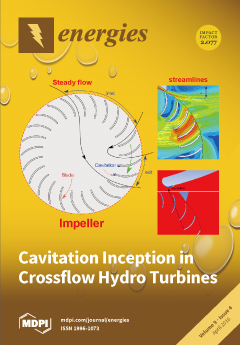1
Department of Chemical and Environmental Engineering, the University of Nottingham Malaysia Campus, Jalan Broga, Semenyih 43500, Darul Ehsan, Malaysia
2
Department of Engineering and Mathematics, Sheffield Hallam University, City Campus, Howard Street, Sheffield S1 1WB, UK
3
Department of Chemical Engineering, Universiti Teknology Petronas (UTP) Bandar Seri Iskandar, Tronoh 31750, Malaysia
4
Department of Mechanical, Manufacturing and Material Engineering, the University of Nottingham Malaysia Campus, Jalan Broga, Semenyih 43500, Darul Ehsan, Malaysia
5
Department of Chemical Engineering, University of Malaya, Kuala Lumpur 50603, Malaysia
6
Crops for the Future (CFF), the University of Nottingham Malaysia Campus, Jalan Broga, Semenyih 43500, Darul Ehsan, Malaysia
Abstract
The environmental impact from the use of fossil fuel cum depletion of the known fossil oil reserves has led to increasing interest in liquid biofuels made from renewable biomass. This study presents the first experimental report on the catalytic pyrolysis of Napier grass,
[...] Read more.
The environmental impact from the use of fossil fuel cum depletion of the known fossil oil reserves has led to increasing interest in liquid biofuels made from renewable biomass. This study presents the first experimental report on the catalytic pyrolysis of Napier grass, an underutilized biomass source, using ZSM-5, 0.3HZSM-5 and zinc exchanged zeolite-A catalyst. Pyrolysis was conducted in fixed bed reactor at 600 °C, 30 °C/min and 7 L/min nitrogen flow rate. The effect of catalyst-biomass ratio was evaluated with respect to pyrolysis oil yield and composition. Increasing the catalyst loading from 0.5 to 1.0 wt % showed no significant decrease in the bio-oil yield, particularly, the organic phase and thereafter decreased at catalyst loadings of 2.0 and 3.0 wt %. Standard analytical methods were used to establish the composition of the pyrolysis oil, which was made up of various aliphatic hydrocarbons, aromatics and other valuable chemicals and varied greatly with the surface acidity and pore characteristics of the individual catalysts. This study has demonstrated that pyrolysis oil with high fuel quality and value added chemicals can be produced from pyrolysis of Napier grass over acidic zeolite based catalysts.
Full article





